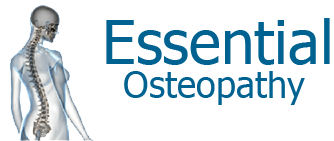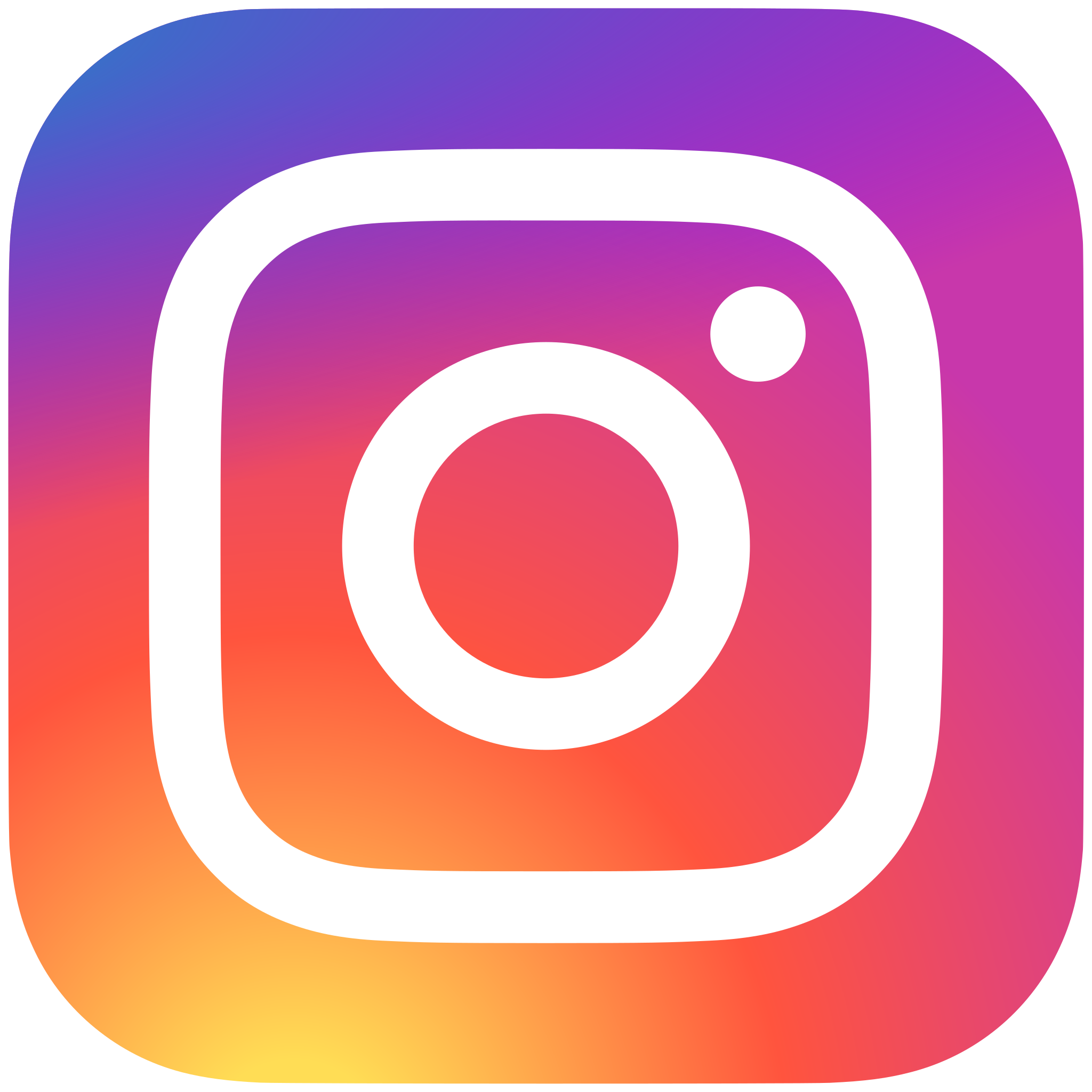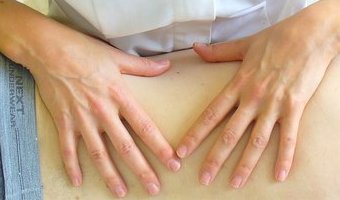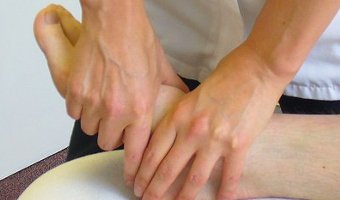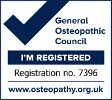Dry-needling (modern acupuncture)
Dry-needling, or modern acupuncture, is a useful adjunct to Osteopathic treatment as it helps to reduce muscular spasm and tension by addressing the ‘trigger points‘ (hypersensitive, knotted, tight points) in the muscle. It is particularly appropriate when patients are suffering from muscular or ligamentous strain, arthritis, nerve irritation or discal or facetal neck or back pain.
Often acute injuries caused by trauma or repetitive strain, lead to local inflammation from the damaged tissues and protective guarding of the muscles in the area which aims to reduce the chance of further damage. This muscles tension and inflammation reduces circulation and therefore limits both the oxygen supply in and the waste product disposal out of the area. Prolonged reduction in oxygen levels stimulates the production of cells which create fibrosis or scar tissue which, in turn, limits the mobility of the muscle(s)and associated joints and causes nerve irritation or compression. This ultimately results in changes in the function and gait of the body.
Inserting a needle in to these ‘trigger points’ or tight, knotted parts of a muscle helps to create a break in the reinforcing dysfunctional muscle cycle and therefore decreases muscle contraction, nerve irritation, pain levels while improving flexibility. For example, acupuncture to the upper neck muscles often helps reduce headache and migraine symptoms and to the low back can help with symptoms relating to sciatica, leg and low back pain.
After a treatment involving dry-needling, the patient may be achy and sore for anything up to 48 hours with occasional bruising. The application of ice and stretching is often recommended to reduce these symptoms.
It should be noted that dry-needling is not the same as acupuncture. Dry-needling is based on Western medicine and principles while acupuncture originates from traditional Chinese medicine. While the use of needles is the same, the intention and actual treatment process may be quite different.
Blog article – Osteopathy and modern acupuncture
